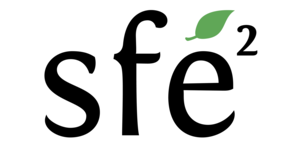Anisakidae are parasites present in several fish species. Interactions between fish and these zoonotic parasites may affect health of fish, consumers and marine ecosystem. Parasitic infestation levels should be studied through pluridisciplinary approaches (i.e. One Health).
HMMN and LSAl have been developing joint studies that highlighted the role of biotic and abiotic factors on infestation levels of these parasites as well as complex interactions. Interpretations are thus limited as focus was made on one species at the time, thus missing all potential interactions.
These phenomena should be apprehended more largely taking into account several fish species as well as other hosts of the life cycle.
Some data gaps were filled by recent project, e.g. the development of a PCR based method to detect parasite larvae in Euphausids or levels of infestation in overlooked fish species, but this effort has to be continued. The present project aims thus at a global comprehension of parasitic
infestation level in the North Sea/English Channel area, using both existing and new data. It will then carry out an exhaustive sampling of hosts at different positions in the food web. This global and predictive knowledge is a prerequisite for developing mathematical model predicting parasite
distribution. This prediction tool will allow a better risk assessment as well as the use of these parasites as stock trackers.
Le contenu de cette offre est la responsabilité de ses auteurs. Pour toute question relative à cette offre en particulier (date, lieu, mode de candidature, etc.), merci de les contacter directement. Un email de contact est disponible: pierre.cresson@ifremer.fr
Pour toute autre question, vous pouvez contacter sfecodiff@sfecologie.org.

Commentaires récents